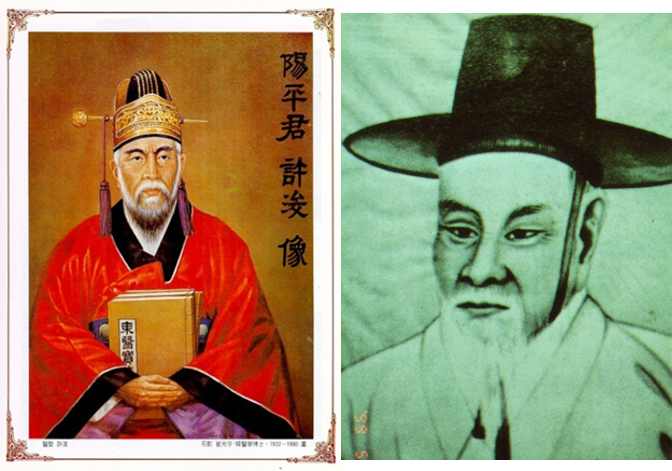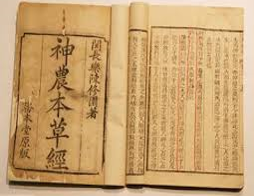It is our great pleasure to welcome you to the 2025 Integrative and Korean Medicine Training Program, proudly organized by Jaseng Medical Academy and sponsored by the National Institute of Korean Medicine Development.
This comprehensive 23-hour online program is designed to introduce healthcare professionals from around the world to the foundational principles and advanced clinical applications of Integrative and Korean Medicine.
This comprehensive 23-hour online program is designed to introduce healthcare professionals from around the world to the foundational principles and advanced clinical applications of Integrative and Korean Medicine.
The 2025 Integrative and Korean Medicine Training Program consists of four core modules:
Foundations of Integrative and Korean Medicine, Evidence-Based Korean Medicine and Research, Clinical Approaches of Korean Medicine, ,and Ultrasound-Guided Acupuncture/Pharmacopuncture.
All lectures are developed and delivered by leading experts in each field, based on the most up-to-date evidence, clinical knowledge, and research.
Foundations of Integrative and Korean Medicine, Evidence-Based Korean Medicine and Research, Clinical Approaches of Korean Medicine, ,and Ultrasound-Guided Acupuncture/Pharmacopuncture.
All lectures are developed and delivered by leading experts in each field, based on the most up-to-date evidence, clinical knowledge, and research.
Lecture Overview – This lecture is structured around the following key learning objectives:
1. Understand the historical development and foundational concepts of Traditional Korean Medicine (TKM) and how it diverged from Traditional Chinese Medicine (TCM).
1. Understand the historical development and foundational concepts of Traditional Korean Medicine (TKM) and how it diverged from Traditional Chinese Medicine (TCM).
2. Identify and analyze key philosophical and clinical differences between TKM and TCM.
3. Explore the significance of these differences in the future development and globalization of East Asian traditional medicine.
From Shared Roots to Divergent Identities

Six Key Distinctions Between TKM and TCM

Why This Lecture Matters


